Brings a lot of possibilities.
Robotic reasoning.
Paper demonstrates autonomous underwater vehicles can be pre-programmed to make independent decisions.
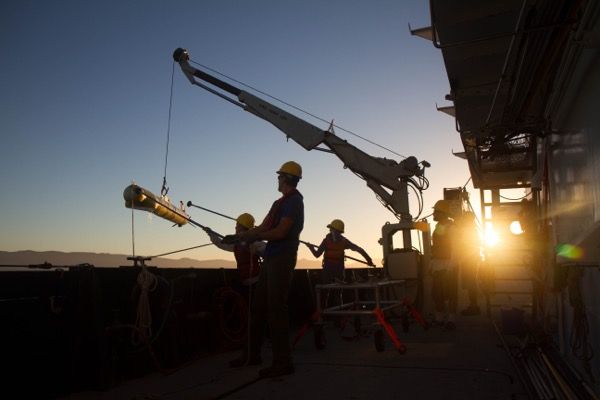
Russia’s NextGen Robots are coming.
Russian military institutions are working on a program of robotization of the army that will introduce combat robots able to act independently on the battlefield, deputy head of the Defense Ministry Pavel Popov said in an interview with the Moskovsky Komsomolets newspaper.
Special military units of robots will be operated by a united control system, Popov said, adding that many robotic and pilotless vehicles are already employed in the Russian military.
Military expert Viktor Murakhovsky confirmed that Russia is actively developing new robotic machinery, though the concept is not widely discussed, Moskovsky Komsomolets reported.
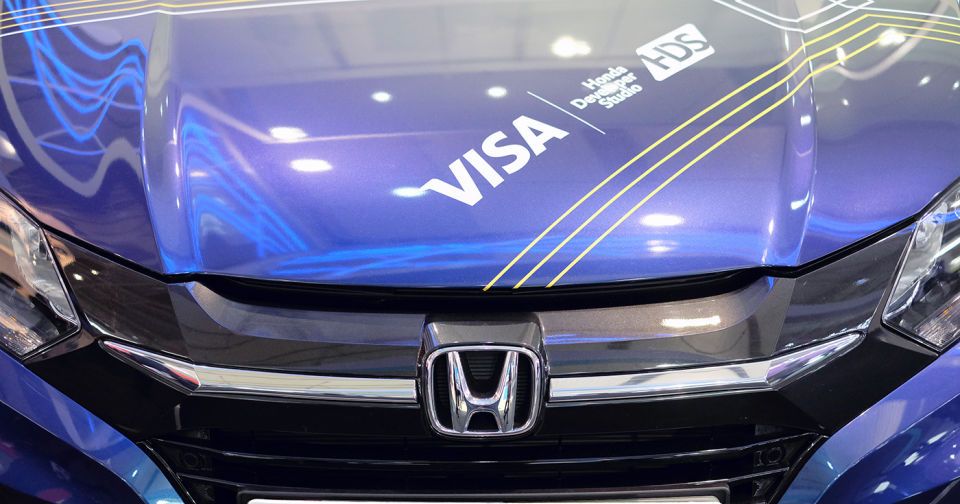
The jury may still be out on the usefulness of the Internet of Things, but payments giant Visa is 100 percent sure that it doesn’t want to miss out. Today, it announced plans to push Visa payments into numerous fields. We’re talking “wearables, automobiles, appliances, public transportation services, clothing, and almost any other connected device” — basically anything that can or will soon connect to the internet.
Visa imagines a future where you’ll be able to pay for parking from your car dashboard or order a grocery delivery from your fridge. It makes sense, then, that Samsung is one of the first companies to sign up to the Visa Ready Program, alongside Accenture, universal payment card company Coin and Fit Pay. Chronos and Pebble are also working to integrate secure payments inside their devices.
To show off the technology, which works with any credit card, Visa or otherwise, the company has teamed up with Honda to develop an in-car app that helps automate payments. Right now they have two demos, the first of which concerns refueling. It warns the driver when their fuel level is low and directs them to the nearest gas station. Once the car arrives at the pump, the app calculates the expected cost and allows the driver to pay for the fuel without having to leave the vehicle.
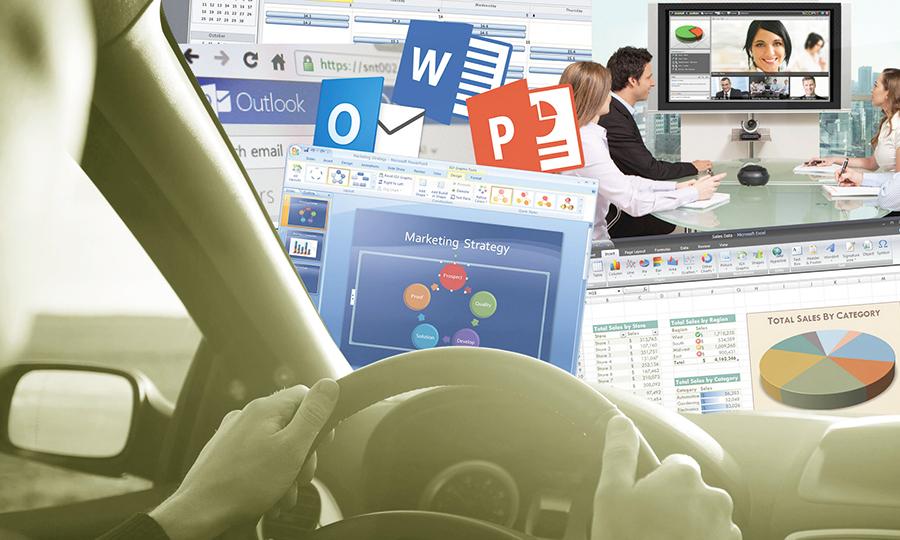
Does the connected self driving car, mean a connected work car as well?
SAN FRANCISCO — In the balancing act between business and pleasure, the modern connected car is mostly about pleasure. Drivers can easily stream music from the Internet and dictate text messages to friends, but staying connected to the office is still cumbersome, as anyone who has tried to join a teleconference while driving can attest.
People tired of checking corporate email around the clock may prefer it that way. After all, a request from the boss can still be reasonably deflected with a simple: “Sorry, I’m driving.”
Yet for Microsoft Corp., which dominates the workplace software market with its Office 365 suite, in-car productivity is a huge, untapped opportunity. Many people use cars as mobile offices, and as cars become more automated, putting together a slide deck behind the wheel may go from unsafe to commonplace.

Nice gadget; however, still trying to understand it’s benefit. Some may say takes pics; well why I would have a drone. Maybe good for soccer.
Let’s talk about balls for a second. They’re super handy. They’ve done a lot for humans. And because of spherical objects, we have sports and automobiles. Heck—even the Earth is a giant ball.
But LG just took ball technology to the next level.
It’s called the LG Rolling Bot, and it’s like Star Wars BB-8 droid mated with a cat toy. This super ball is just one of many accessories designed with the LG G5 in mind, and it’s easily the most insane of the bunch.
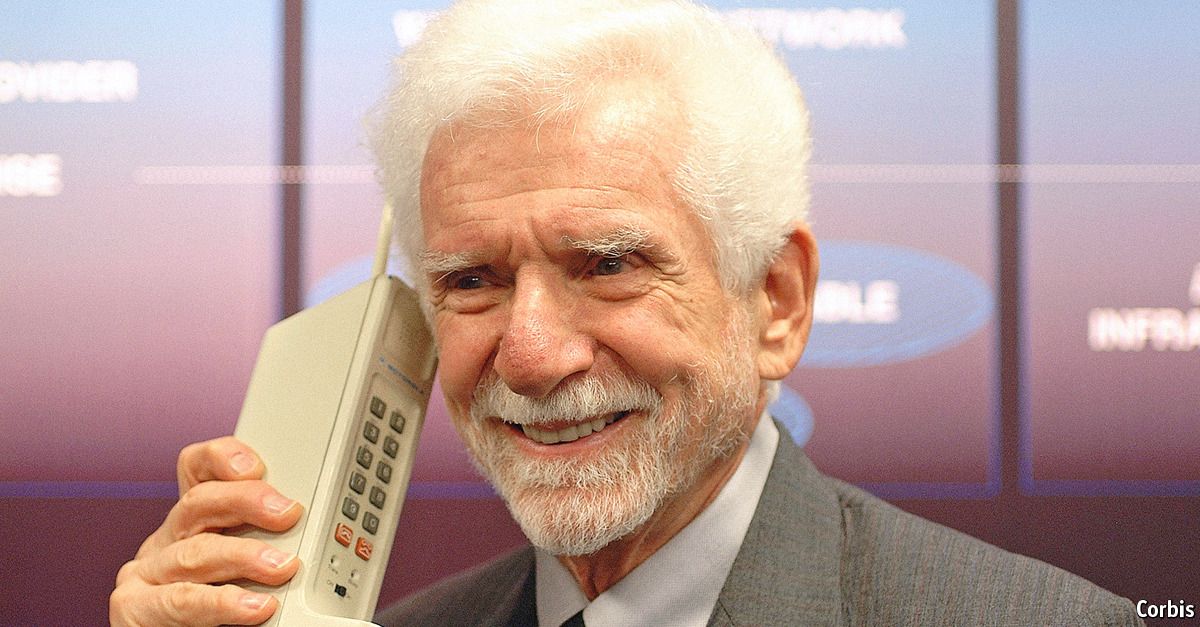
The advent of 5G is likely to bring another splurge of investment, just as orders for 4G equipment are peaking. The goal is to be able to offer users no less than the “perception of infinite capacity”, says Rahim Tafazolli, director of the 5G Innovation Centre at the University of Surrey. Rare will be the device that is not wirelessly connected, from self-driving cars and drones to the sensors, industrial machines and household appliances that together constitute the “internet of things” (IoT).
It is easy to dismiss all this as “a lot of hype”, in the words of Kester Mann of CCS Insight, a research firm. When it comes to 5G, much is still up in the air: not only which band of radio spectrum and which wireless technologies will be used, but what standards makers of network gear and handsets will have to comply with. Telecoms firms have reached consensus only on a set of rough “requirements”. The most important are connection speeds of up to 10 gigabits per second and response times (“latency”) of below 1 millisecond (see chart).


Electric Hybrid Train Powers Up
HYPSTAIR Project Reaches Significant Milestone.
A major step towards electric powered air travel was achieved on 9th February 2016 with the power-up of the world’s most powerful hybrid electric powertrain for aviation in a project led by Pipistrel. Hybrid-electric powertrains are a new breed of aviation propulsion, which extend the range of all-electric aircraft while being environmentally friendly and quiet. The 200 kW propulsor developed during the project HYPSTAIR delivers the power equivalent to a typical general aviation piston engine and can run in three modalities: electric-only mode using batteries, generator-only mode or hybrid mode combining both power sources.

This article is amusing on killer robots and how governments should address the threat of killer robots on a national level. On a national level if (in my case the US) we were invaded or a whole army of robots landed on the shores of Florida, NY, or CA; then yes Congress would need to approve war, etc. Which is what this article highlights. However, attacking robots will most likely not be the result of an invasion from another country; attacking robot/s will be the result of criminals; etc. that hacked/or reprogrammed the robotics.
Cartels, terrorists, etc. will pay well to have self driving cars, humanoid robots, etc. re-engineered and re-programmed for their own benefits and become a weapon against individuals and the population.
The United Nations’ effort to ban killer robots will fail, but there are three important steps the United States can take to help slow the rise of lethal autonomous weapons systems, one of the most prominent voices in the robotics debate said this week.
Pentagon officials insist they don’t want to allow an autonomous weapon to kill people without a human in the loop, but greater levels of autonomy and artificial intelligence are making their way into more and more pieces of military technology, like in recognizing targets, piloting drones, and driving supply trucks. Defense Department leaders advocate for robotic intelligence and autonomy as thread-reducing (and cost-saving) measures key to securing the United States’ technological advantage over adversaries over the coming decades (the so-called ‘third offset’ strategy). Defense Secretary Ash Carter, Deputy Defense Secretary Bob Work and former Defense Secretary Chuck Hagel have talked up the importance of artificial intelligence to the military’s future plans.
Related: Should We Have Laws to Control Robots Before They Control Us?
“We know we’re going to have to go somewhere with automation,” Air Force Brig. Gen. John Rauch, director of ISR (intelligence, surveillance, and reconnaissance) Capabilities for the Air Force, said at a Tuesday breakfast in Washington sponsored by AFCEA, a technology industry association. Rauch was referring to the rapidly growing demands on human image analysts in the Air Force, especially as additional small drones enter service in the years ahead. “It’s: ‘What level of automation is allowed?’ And then when you start talking about munitions, it becomes a whole nother situation.” The Air Force will be coming out with a flight plan for small unmanned aerial systems, or UAS’s, in the next four months, Lt. Gen. Robert Otto, deputy chief of staff for Intelligence, Surveillance and Reconnaissance, said at the meeting.
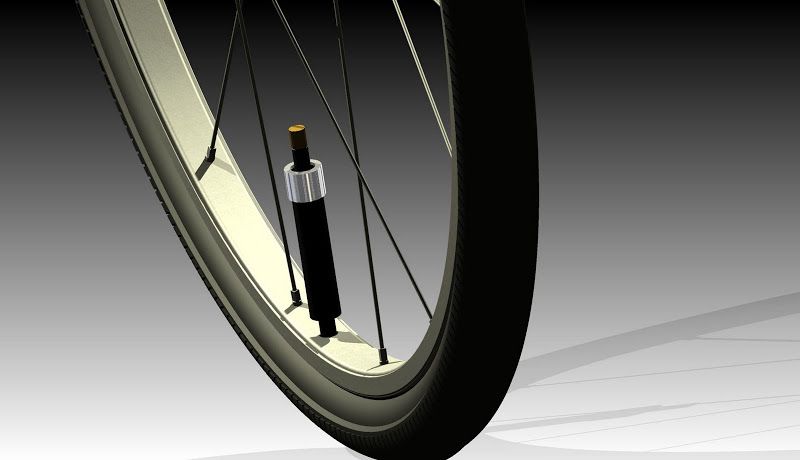
If you ride a bike, motorbike, or drive an automobile, you know that from time to time you need to pump air into those tires, at least if you need to ensure an optimum ride, you do. It’s a known fact that we do get lazy and at times ignore. But there is a good news, especially for a cyclist, there could be a solution out there for you personally.
Benjamin Krempel has come up with an invention called Dubbed the PumpTube, the idea here is that the inner tube on your motorcycle’s tires will be able to self-pump, meaning that as you cycle, it’ll continuously pump air in your tires to ensure that it really never deflates and that it’ll be at the pressure that you have set.
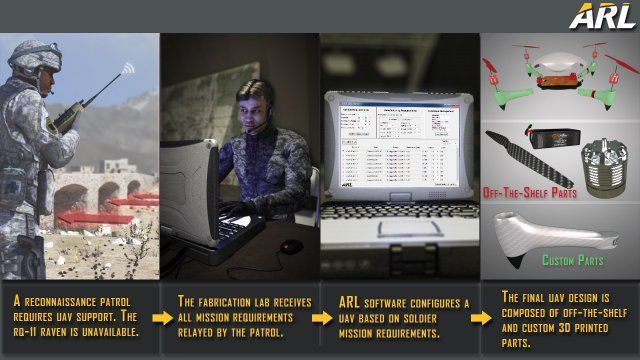
ABERDEEN PROVING GROUND, Md. (Feb. 5, 2016) — Each year, the U.S. Army conducts a series of technology demonstrations known as the Army Expeditionary Warrior Experiments, or AEWE. The event is the U.S. Army Training and Doctrine Command’s live, force-on-force experiment.
AEWE places technologies under development by industry and Army researchers into the hands of Soldiers for early and credible feedback from the end-user.
In January, the AEWE 2017 team selected a project submitted by the U.S. Army Research Laboratory for inclusion in its next round of experimentation: On-Demand Small Unmanned Aircraft Systems, or UAS. It is one of 50 technologies slotted to participate in the experiment with 14 from government researchers and 36 from industry.